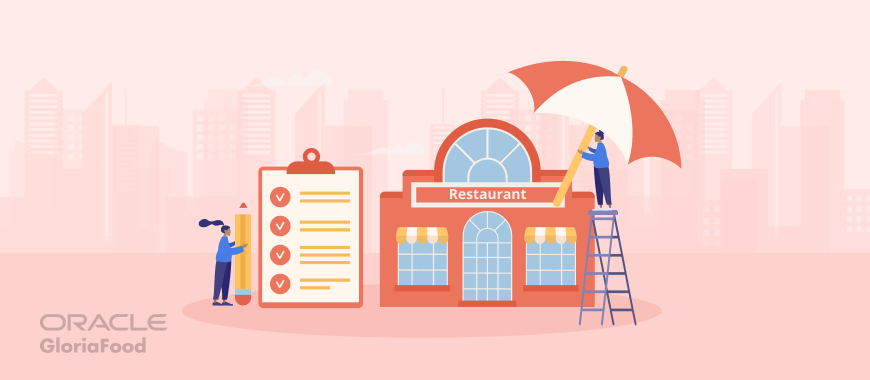
Otilia Dobos is sometimes a content writer, other times a copywriter, but always produces high-quality content that helps clients up their marketing game. She devotes her attention to helping restaurant owners have a successful business with well-documented and SEO-optimized articles.
Follow me on LinkedIn.
